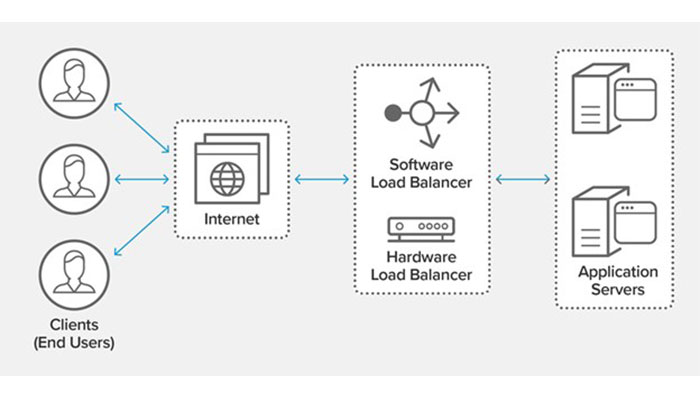The licensed Cisco SLP (Service Location Protocol) is a networking protocol that enables the discovery and advertising of network services on an IP network. It is designed to simplify the process of locating services in large enterprise networks, and it provides a way for clients to dynamically discover services without needing to know their exact location in the network.
The licensed Cisco SLP operates using a distributed architecture, where services are advertised by service agents and discovered by user agents. Service agents register their services with a Directory Agent (DA), which is responsible for maintaining a database of available services. User agents can query the DA to discover services that match their requirements.
The DA is responsible for managing the SLP service scope, which defines the set of services that are visible to clients. Service agents can register their services in one or more scopes, and clients can search for services in a specific scope or across all available scopes.
One of the main advantages of using Cisco SLP is its simplicity and ease of use. Service agents can advertise their services without needing to know the specific IP addresses of clients, and clients can discover services without needing to know their exact location in the network.
Another advantage of Cisco SLP is its scalability. It is designed to work in large enterprise networks with thousands of services and clients, and it provides a way for clients to dynamically discover new services as they become available.
The licensed Cisco SLP is similar to other service discovery protocols, such as Bonjour and UPnP, but it has some key differences. One of the main differences is that Cisco SLP is designed to work in enterprise networks with multiple subnets and VLANs, whereas other protocols are typically designed for use in small home networks.
Another difference is that the licensed Cisco SLP supports security features, such as authentication and encryption, to protect against unauthorized access and data theft.
Implementing Cisco SLP in enterprise networks requires careful planning and configuration. Service agents must be configured to advertise their services in the correct service scope, and user agents must be configured to search for services in the correct scope as well.
It is also important to ensure that the network infrastructure, such as routers and firewalls, is configured to allow SLP traffic to flow between subnets and VLANs.

Troubleshooting Cisco SLP issues can be challenging, as there are many potential sources of problems. Some common issues include misconfigured service agents or user agents, network connectivity issues, and problems with the DA.
To troubleshoot the licensed Cisco SLP issues, it is important to use tools such as packet sniffers and network analyzers to identify where the problem is occurring. It may also be necessary to consult documentation and seek support from Cisco License or other experts.
To ensure that Cisco SLP is configured correctly and operates smoothly, there are some best practices that should be followed. These include:
The licensed Cisco SLP is a mature protocol that has been in use for many years, but there are still opportunities for future developments and enhancements. Some potential areas for improvement include:
The licensed Cisco SLP has a wide range of use cases in enterprise networks, including:

In conclusion, the licensed Cisco SLP is a valuable tool for network engineers that simplifies the process of discovering and advertising network services in large enterprise networks. It provides a scalable and secure way for clients to dynamically discover services without needing to know their exact location in the network. With careful planning and configuration, Cisco SLP can greatly enhance the efficiency and effectiveness of network operations in enterprise environments.